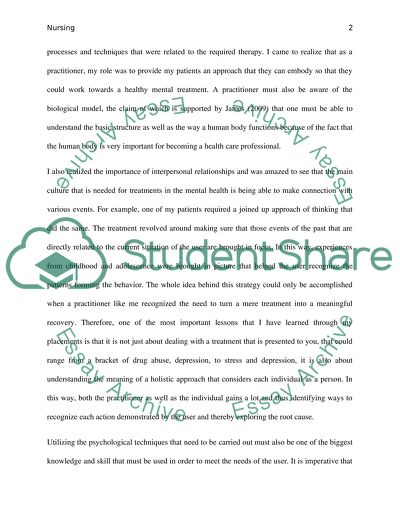Cite this document
(“Role in the meeting user needs in my placement Essay”, n.d.)
Retrieved from https://studentshare.org/nursing/1398486-meeting-needs
Retrieved from https://studentshare.org/nursing/1398486-meeting-needs
(Role in the Meeting User Needs in My Placement Essay)
https://studentshare.org/nursing/1398486-meeting-needs.
https://studentshare.org/nursing/1398486-meeting-needs.
“Role in the Meeting User Needs in My Placement Essay”, n.d. https://studentshare.org/nursing/1398486-meeting-needs.


